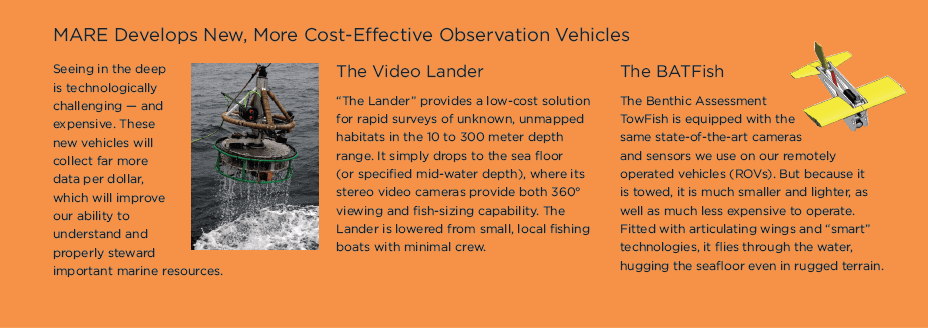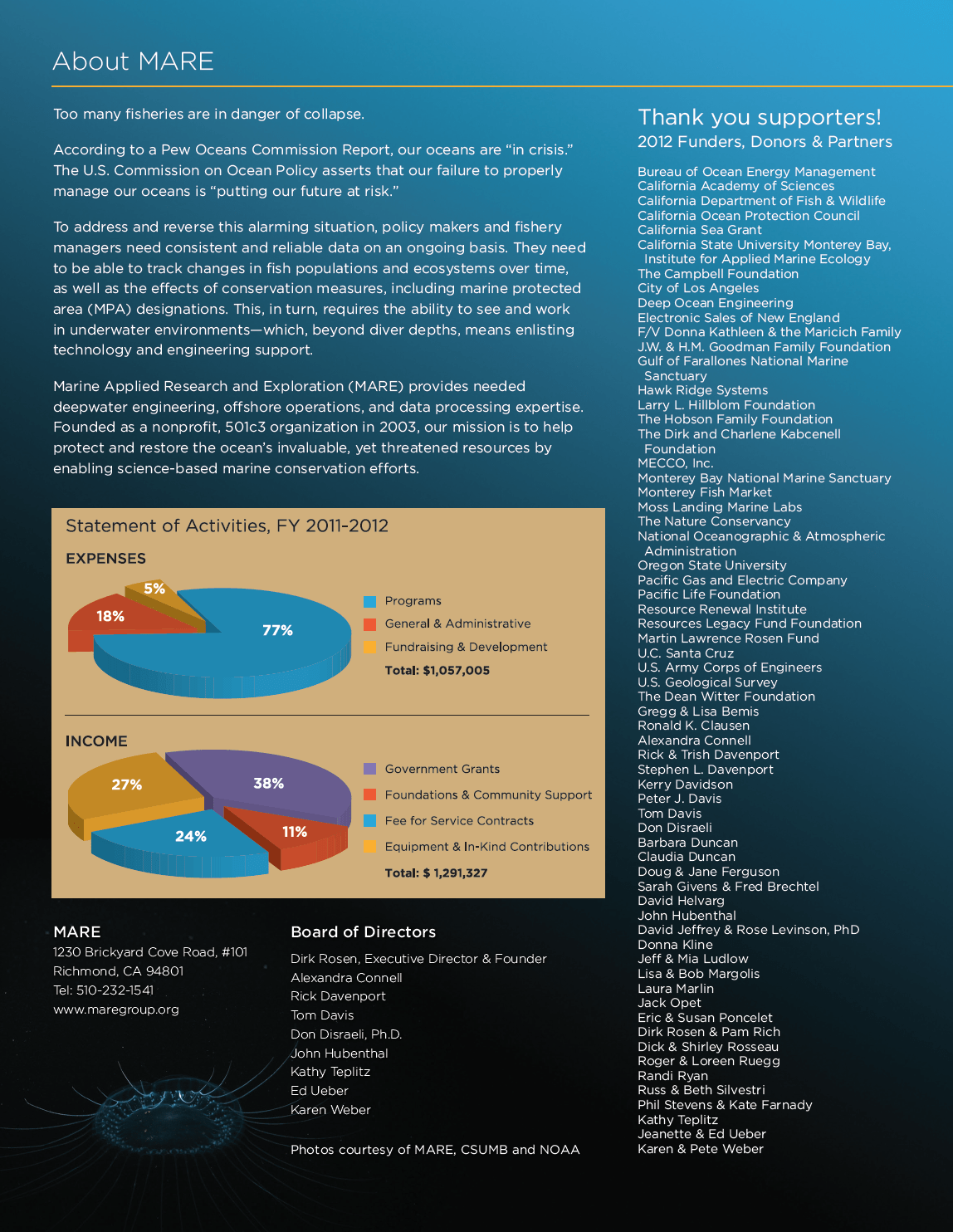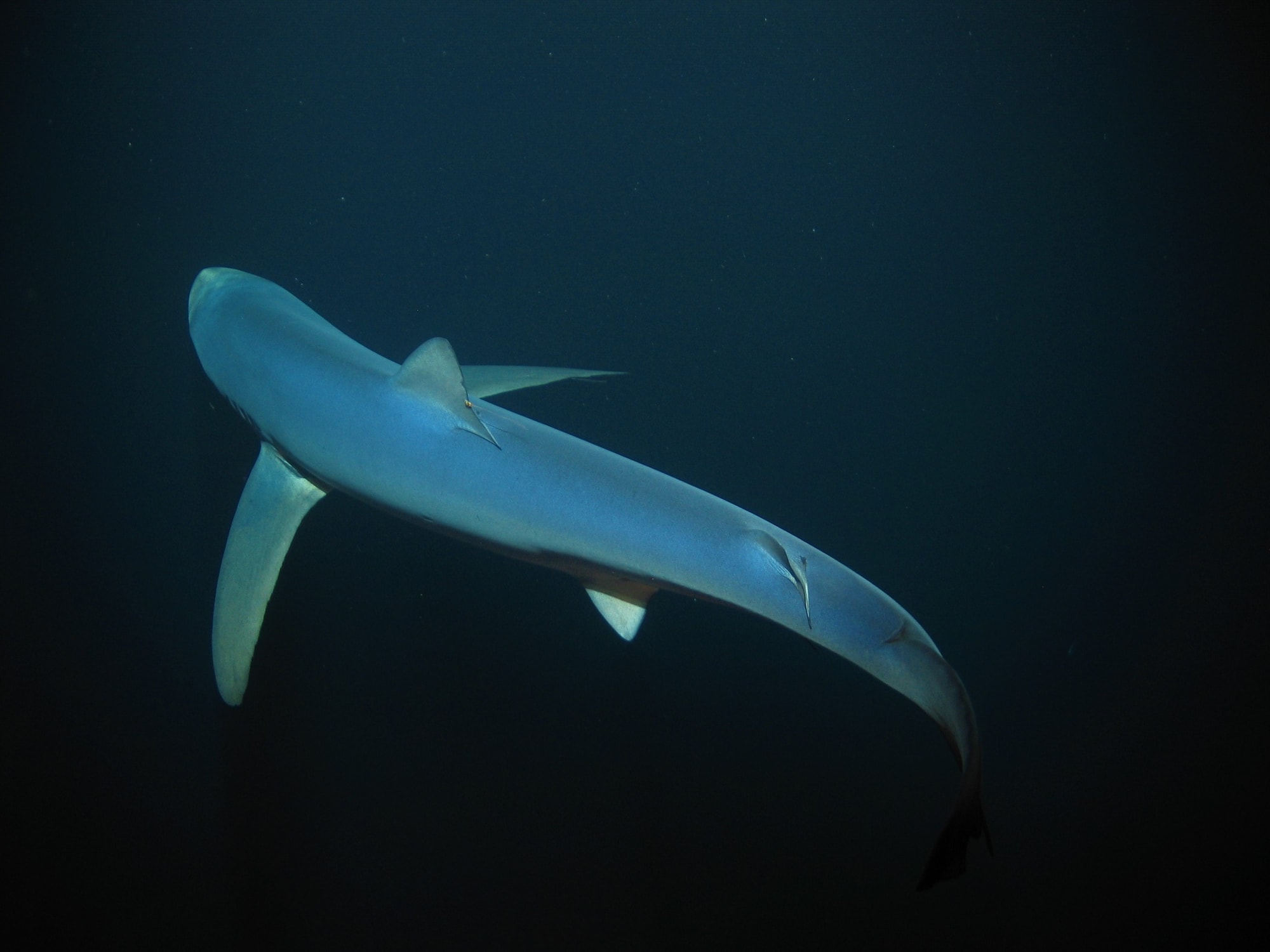Our oceans are too important to squander.They provide food and jobs for billions, and they absorb carbon from our atmosphere. In recent years, they have become an important source of new medical research — so much so that they are often referred to as the medicine cabinets of the 21st century.
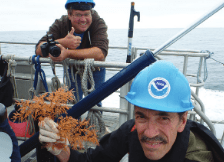 Peter Etnoyer, NOAA Marine Biologist and expedition leader, gives a thumbs up as Gary Williams of the California Academy of Sciences retrieves a coral sample from the ROV Beagle. “We know corals are incredibly important, yet we still know relatively little about them — particularly those that live in the deep, beyond the reach of the sun,” said Etnoyer. “We were thrilled to be able to capture both up-close images and samples of these deepwater species
Peter Etnoyer, NOAA Marine Biologist and expedition leader, gives a thumbs up as Gary Williams of the California Academy of Sciences retrieves a coral sample from the ROV Beagle. “We know corals are incredibly important, yet we still know relatively little about them — particularly those that live in the deep, beyond the reach of the sun,” said Etnoyer. “We were thrilled to be able to capture both up-close images and samples of these deepwater species

MARE partnered with the National Oceanic and Atmospheric Administration (NOAA), the California Academy of Sciences and the U.S. Geological Survey to explore deepwater corals — some of which may hold clues to causes and cures for cancer and climate change.
MARE in the Field
Bearing Witness: PG&E Offshore Seismic Testing
In November, MARE performed environmental surveys near PG&E’s Diablo Canyon nuclear power plant in order to document the state of deepwater species and ecosystems prior to the company’s proposed underwater, high-intensity (250 dB) acoustic testing. The tests, ultimately scuttled by the California Coastal Commission, were intended to map fault lines near the plant. Had the Commission allowed the tests, MARE’s survey would have provided a critical reference point for determining environmental impacts.
ROV Beagle Goes Deeper
In October, MARE’s remotely-operated vehicle, the Beagle, dove to 500 meters— that’s more than five football fields deep! This smashed its previous record, going 125 meters deeper than ever before.
Monitoring California’s New MPAs
MARE continued its marine protected area (MPA) assessment work. Partnering with Cal State University Monterey Bay and the Fishing Vessel Donna Kathleen, we completed our second consecutive year of baseline surveys in the South Coast MPAs. These surveys provide a snapshot of the protected areas as they are established and will be crucial to successful management of this statewide marine conservation network
Message from the Executive Director
2012 was a landmark year for our oceans! President Obama released the National Ocean Policy implementation plan. The World Bank announced a global alliance to better manage and protect the world’s oceans. And the European Parliament’s Fisheries Committee put forward new rules aimed at ensuring fishery sustainability.
Our ailing oceans, it seems, are finally getting some of the attention they deserve considering their critical role in supporting human health and prosperity.
2012 was a landmark year for our oceans! President Obama released the National Ocean Policy implementation plan. The World Bank announced a global alliance to better manage and protect the world’s oceans. And the European Parliament’s Fisheries Committee put forward new rules aimed at ensuring fishery sustainability.
Our ailing oceans, it seems, are finally getting some of the attention they deserve considering their critical role in supporting human health and prosperity.
We were particularly pleased to see the National Ocean Policy’s emphasis on the need to “improve greatly” our understanding of ocean life in order to do a good job of managing it.
This is precisely why MARE’s work matters.
By enabling scientist and marine managers to see life in the deep, we open the possibility
of understanding complex deepwater marine communities — a necessary step toward establishing conservation measures that are both successful AND avoid needless harm to fishermen and coastal communities.
Become an ocean hero!
Join us and our generous supporters in ensuring that we can see and properly steward our oceans — they are vital and irreplaceable.
Sincerely,
Dirk Rosen
MARE Executive Director and Founder
